What did the German army learn from the defeat of Poland?
In a few weeks in September 1939, the Wehrmacht managed to defeat the Polish armed forces. Moreover, the outcome of the confrontation was actually determined by the first two weeks (although officially the campaign lasted thirty-six days). Adolf Hitler had long intended to test his armed forces in practice.
And now the Nazis have gained experience in large-scale modern warfare, with the massive use of armored vehicles and aircraft.
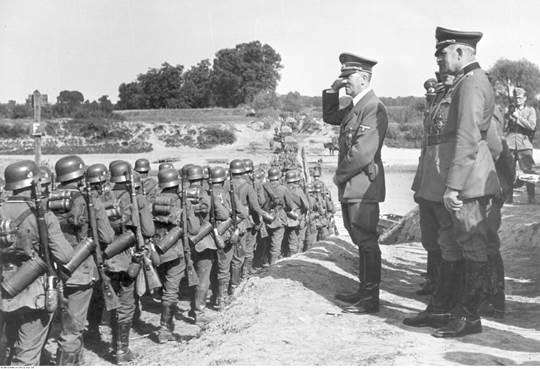
Adolf Hitler watches German troops cross the Vistula, 1939. PS: all illustrations are shown for historical purposes only.
Very soon, this experience will be used in the campaign against France. And a little later, during the attack on the USSR.
The Wehrmacht’s “calling card” was the desire to put as much effort as possible into the “first strike”, which they did very well in the situation with the Poles.
It seemed that the “canons of the First World War” were finally in the past: the Germans relied on the preliminary covert mobilization of as many troops as possible, while simultaneously conducting a campaign to misinform the enemy.
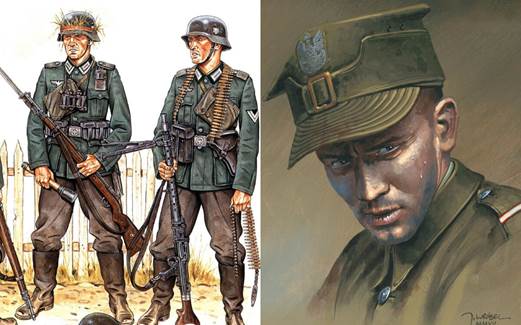
Artists: N. Thomas, S. Andrew, J. Vrubel.
Aviation played an important role not only in the destruction of the centralized command of troops or in the bombing of key military installations and targets (depots, airfields, supply columns, units on the march).
In fact, the Luftwaffe has become a psychological weapon. And the movements of Polish troops in the daytime were practically paralyzed.
The Germans in Poland found that their infantry was ill-prepared for urban combat. After that, the Wehrmacht issued appropriate instructions.
The German infantry relied on machine guns for their tactics.
In combat conditions, it turned out that the MG 34 machine gun was too “capricious”: it often failed due to contamination. After that, the Germans began developing a new machine gun, the MG 42.
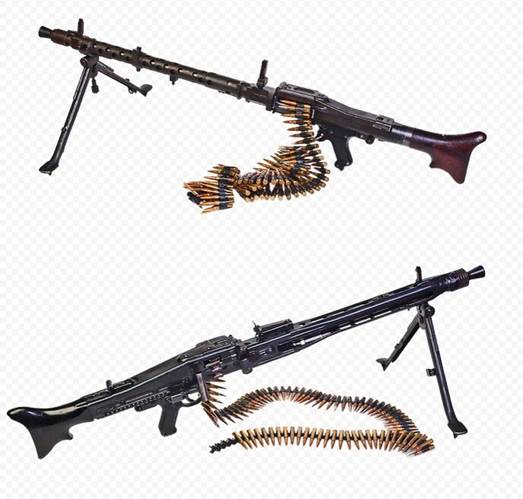
MG 34 (above) and MG 42.
It was decided to strengthen the artillery component of the German infantry by creating “assault infantry guns”.
Mobile artillery without a rotating turret was supposed to “clear” the way for the infantry. This is how the Sturmgeschütz III SPG appeared (the production of vehicles was accelerated).
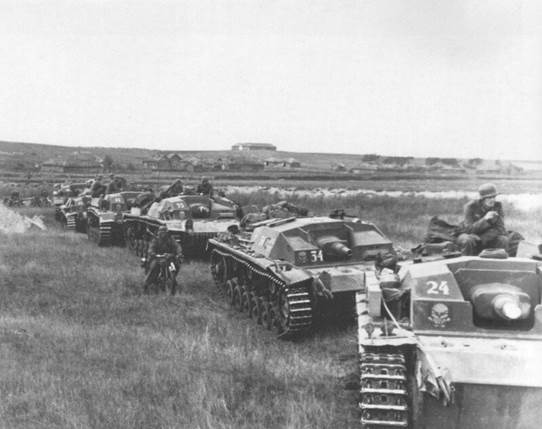
Wehrmacht StuG III assault guns from the 192nd Assault Gun Battalion, 1941.
The training of officers has also been improved. Particular attention was paid to the need for an effective combination of all types of troops, since there were still flaws in Poland, sometimes German commanders were lost in a critical situation. Of course, the real experience of combat operations has raised the level of commanding officers.
The German panzer forces proved to be excellent, the command (in comparison with 1940 or 1941) still used tank divisions rather timidly, not allowing the commanders to get too carried away with breakthroughs and break away from the rest of the troops.
After the Polish campaign, the panzer divisions were “supplemented” with a large number of motorized infantry and slightly “unloaded” by tanks. In general, there was a strengthening of the motorized component of the Wehrmacht.
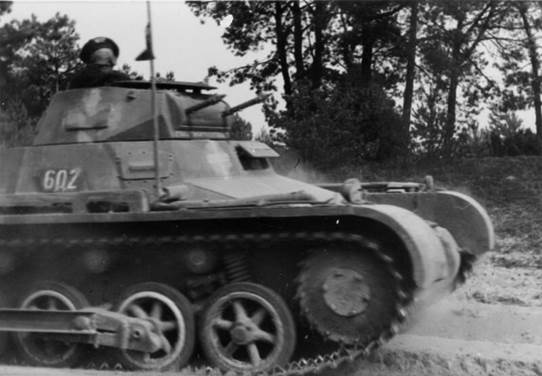
German PzI tank No. 602 from the 1st Light Division on the march during the Polish campaign, 1939.
German tank commanders made it a rule to follow in battle formations, using mobile command posts for this purpose.
The Germans realized that the motorized divisions had to strike at the least protected sectors of the front. In order to identify such areas, the Nazis intensified their reconnaissance and paid even more attention to communications. It was decided to abandon the PzKpfw I and PzKpfw II tanks as soon as possible.
The 18th Corps of the Wehrmacht, which also advanced through difficult terrain, showed that it was sometimes more profitable to attack through “unsuitable” terrain, but not to climb into fortified positions. This was done by the Germans in France on a much larger scale.
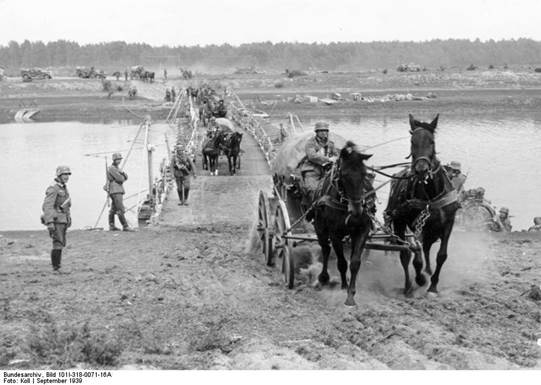
Heinz Guderian in his mobile command post.
A lot of “military trifles” have been improved or supplemented. For example, the army began to be equipped with night combat equipment (this was facilitated by the night attacks of the Poles).
Even in the field of troop mobilization, there were “surprises”: horses taken from the farm were “not suitable” for army horseshoes (designed for larger breeds).

A German wagon train in Poland, 1939.
A similar situation was observed with small arms: some reservists received old or unfamiliar weapons. A course was taken for the standardization of armaments.
Still, the most valuable acquisition of the “war machine” of the Third Reich was the very fact of a quick victory over the enemy. The experience gained already made the German soldier a formidable enemy. Soldiers and officers of the Wehrmacht became “shelled”…
